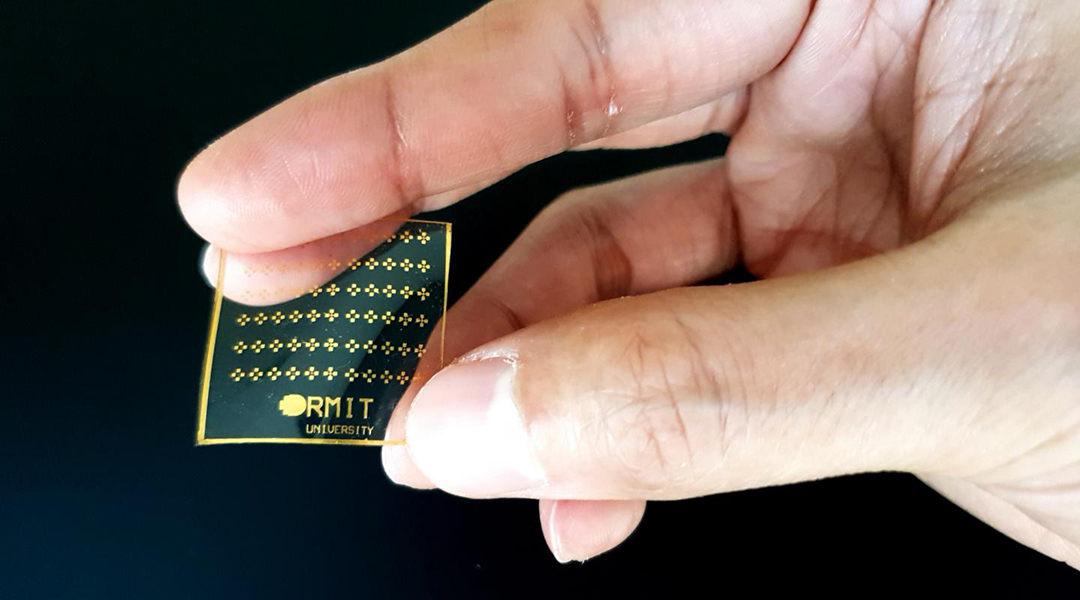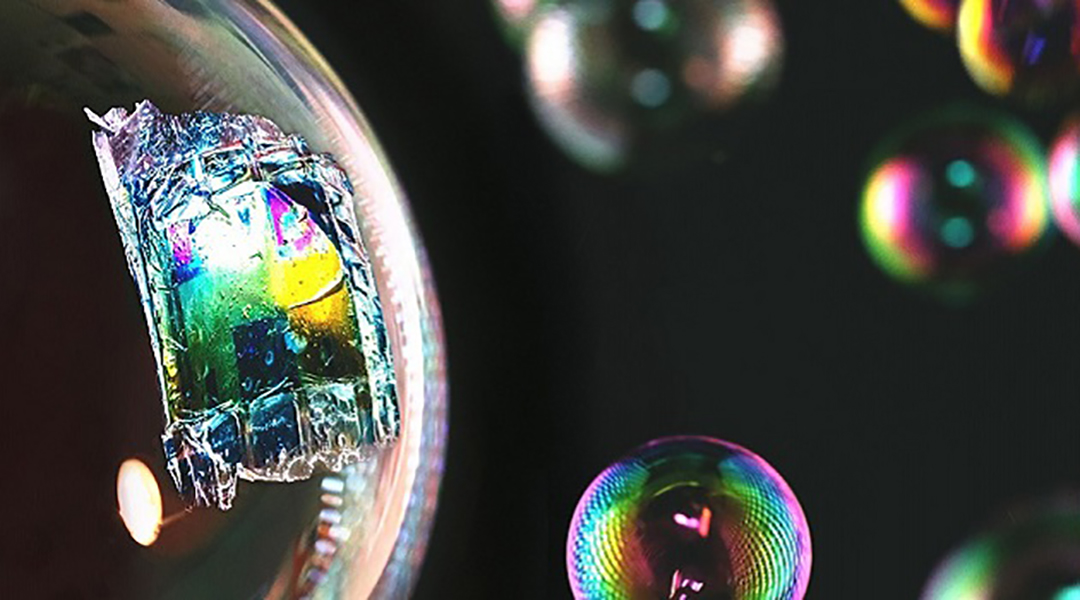AI and robotics meet fluidics to accelerate materials development, allowing researchers to create quantum dots in under an hour.


AI and robotics meet fluidics to accelerate materials development, allowing researchers to create quantum dots in under an hour.

The global COVID-19 pandemic has changed the way in which we teach, but it doesn’t have to be all bad.

Scientists develop a simple method that mimics plant motion to get paper to fold itself after printing.

Multimodal thin-film transistors, or MMTs, could be pivotal in designing the next-generation of wearables and eco-disposable sensors.

Hybridizing biofabrication processes will lead us to superior “living” tissue and organ substitutes that can be used to treat patients in lieu of donor grafts and metal and plastic devices.

A simple alteration in the functionality of our clothing could surprisingly help lower energy consumption in buildings and homes.

Bringing science to life through spectacular images.

Researchers create new soft electrostatic zipping actuators manufactured through an integrated printing process for next generation soft robotics.

Prototype device electronically replicates the way human skin senses pain.

A new manufacturing technique creates ultrathin solar cells that are so light and flexible that they can rest on the surface of a soap bubble.